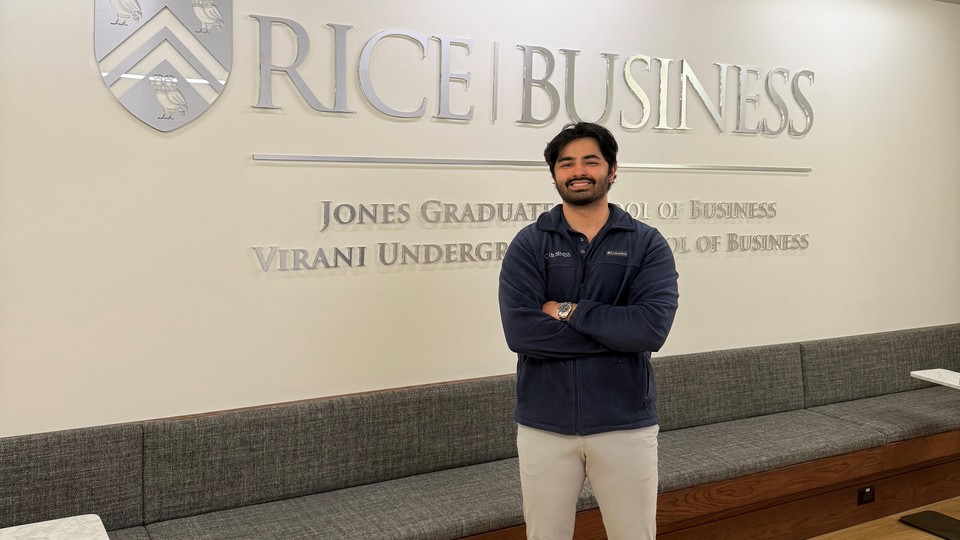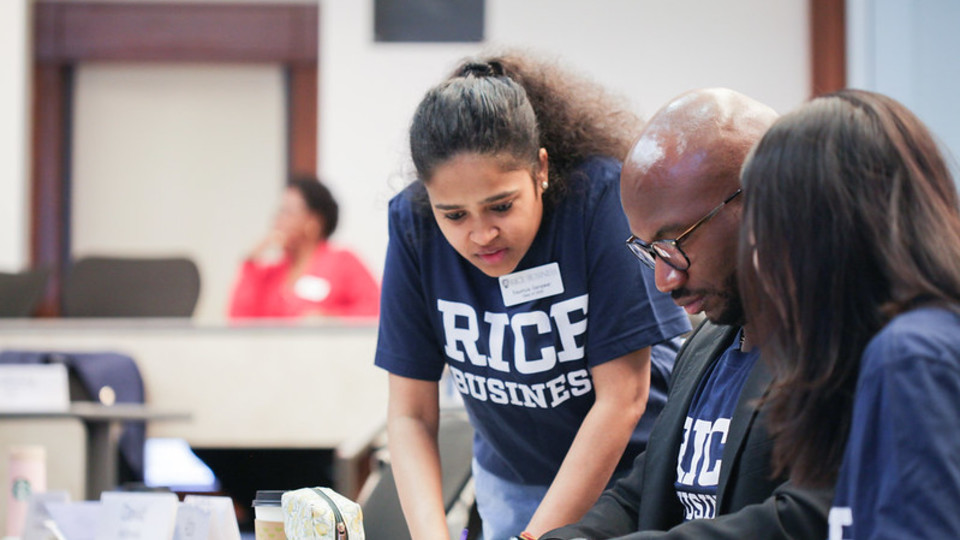Holding All The Cards
Why do some companies thrive in a volatile market?


Based on research by Gustavo Grullon, Evgeny Lyandres and Alexi Zhdanov
Why Do Some Companies Thrive In Volatile Markets?
- Conventional wisdom maintains that volatility tends to hinder overall returns.
- But rising volatility can actually improve firm value with a certain type of flexibility called “real options:” when managers have choices linked to tangible assets such as inventory, machinery, land or buildings, as opposed to financial instruments.
- Firms with real options thrive in uncertain situations because they have the flexibility to change their operations to amplify the effects of good news and dampen the effects of bad news.
Volatile markets look a lot like high-stakes poker games. Wild swings make it hard to chart a course to profitability, inevitably forcing some firms to fold. Yet there are always investors and firms that come out as big winners. So is there is a secret to drawing a winning hand in bad times?
Working with colleagues Evgeny Lyandres of Boston University and Alexei Zhdanov of Pennsylvania State University, Rice Business professor Gustavo Grullon hypothesized that the secret to surviving market volatility has to do with managers’ ability to adjust operations. The more flexibility managers must change the course of their firms, the reasoning went, the greater the likelihood of surviving market volatility — and in some cases profiting from it.
Consider Amazon, founded in 1994 with the goal of becoming “the world's most consumer-centric company, where customers can come to find anything they want to buy online.” From its start as a bookstore, the company turned into an ultra-diversified behemoth able to shrug off vast swings in the market. Despite high volatility in recent years, Amazon’s stock price increased roughly 39 percent, from $1,901 to $2,641, over the past year.
According to Grullon’s theory, having more real options — managerial choices about tangible assets such as inventory, machinery or buildings — boosts firm value in a whole range of volatile circumstances, whether demand-based, cost-based or profit-based. Firms that have these options — Amazon, for example — can act fast to mitigate bad news by changing operating and investment strategies. They might cut production, shutter operations or delay investments. Companies without these tools basically have to ride fate’s rollercoaster.
To test the theory, the researchers compared firms with a plethora of investment opportunities to those with more modest real options. They analyzed returns data from 1963 to 2018 from The Center for Research in Security Prices and from Compustat — a database of financial, statistical and market information about active and inactive U.S. companies. There is measurable value in having more real options, the researchers found. A bigger spread of real options allowed managers to change strategy as soon as new information arrived. The greater the number of real options, the greater the flexibility managers had at their disposal when the market got volatile.
Developing Amazon-type options and diversified assets, naturally, takes years of sweat, trial and a measure of luck. Companies that do best at creating such opportunities, the researchers note, tend to be highly sensitive to changes in volatility to begin with, leading to more opportunities to adapt. Overall, the team found, volatility-return relation was strongest in industries already characterized by plenty of growth and strategic options. High-tech firms, pharmaceutical companies and biotech companies, for example, show especially strong resistance to idiosyncratic volatility.
In other words, while volatile markets can resemble high-stakes poker, there are a few predictable rules. When the chips are down, companies that are lucky enough to hold diversified assets, have varied investment options and can shuffle resources quickly will be the strongest players at the table.
Gustavo Grullon is a professor of finance at Jones Graduate School of Business at Rice University.
To learn more, please see: Grullon, G., Lyandres, E. & Zhdanov, A. (2012). Real options, volatility, and stock returns. Journal of Finance, 67(4), 1499-1537.
Never Miss A Story
You May Also Like
Keep Exploring
Back to the Basics
Adam Saleh, Executive MBA '18
Adam Saleh '18 shares the reasons he chose Rice Business for his MBA.
You May Also Like
Keep Exploring
How the Rice MBA Compliments Your Career
Rich Hoover, Executive MBA '20
Rich Hoover, a Rice Business EMBA graduate and veteran, talks about how the EMBA program has challenged and enriched his professional life.
You May Also Like
Keep Exploring
Break Out of Your Comfort Zone
Caroline Incavo, Full-Time MBA '20
Caroline Incavo is a Full-Time MBA student at Rice University. Her advice to prospective students? Step out of your comfort zone and see what Rice Business has to offer!
You May Also Like
Keep Exploring
The Power of an MBA
Kathleen Menezes, Full-Time MBA
Kathleen Menezes chose to get her MBA at Rice Business because she understands the power of an MBA and the Rice Business reputation!
Keep Exploring
Full-Time MBA Student Testimonial: Mary Feng
Mary Feng, Full-Time MBA
Have questions about the application process, Houston or the Rice Business culture? Mary Feng, Full-Time MBA, loves Rice Business because the alumni and students are receptive and willing to talk about anything!
Keep Exploring
Experience of a Lifetime
Ariel Chen, Full-Time MBA
Ariel Chen, Full-Time MBA student, chose Rice for her MBA because of the small community that allows her to build close relationships with her professors and make life-long friends. Interested in learning why #YouBelongHere? Try a phone call or coffee chat to learn more about Rice Business to see if it's the right fit.
You May Also Like
Keep Exploring
Enriching Academics
Marjorie Ma, Full-Time MBA '12
Marjorie Ma '12 explains why she made the choice to get her MBA at Rice Business.
You May Also Like
Keep Exploring
Returning to Rice
Lynn Lednicky, Full-Time MBA '91
Lynn Lednicky shares his reasons for choosing Rice Business for his MBA.
You May Also Like
Keep Exploring
Diversity in Courses
Fernando Gil, Full-Time MBA
Fernando Gil shares his reasons for choosing Rice Business for his MBA.





